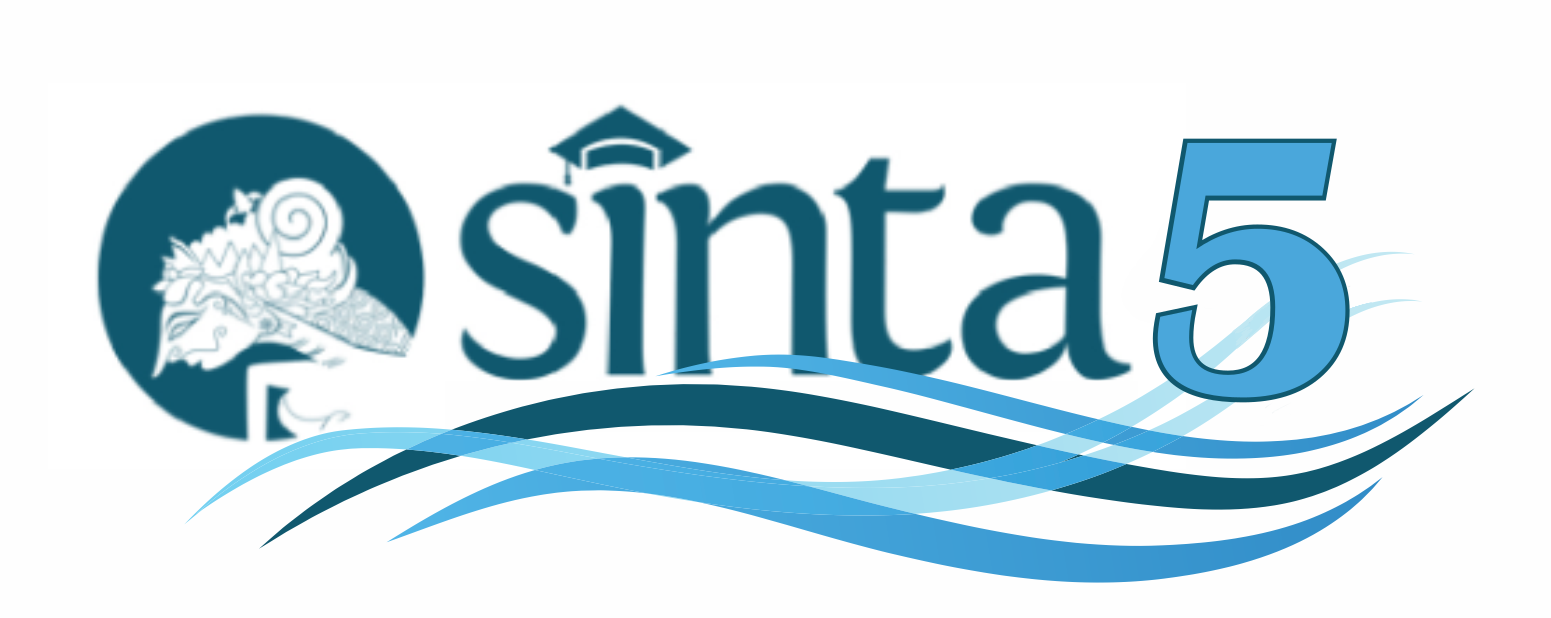Uji Toksisitas dan Organoleptik dari Limbah Cair Kelapa Sawit pada Benih Ikan Nila (Oreochromis niloticus)
DOI:
https://doi.org/10.31957/acr.v7i1.3508Keywords:
Toxicity test, LC50-96 hours, Toxicity Unit Area, Toxicity testAbstract
Toxicity is the ability of a substance or chemical which, when exposed for a certain period, can cause damage to organisms. Factors that influence toxicity are composition, type, duration and frequency of exposure, recipient biota species and environmental characteristics. The results of this test describe the values LC50-96 hours or LC50-48 hours. The LC50 value is the concentration at which the extract solution can cause population death of up to 50%. This study aims to determine the concentration of acute toxicity of liquid palm oil waste on tilapia fish seeds and its effect on the organoleptic properties of tilapia. This research was carried out from May to July 2023 at the Aquatic Resources Management Laboratory, Faculty of Agriculture, Tanjungpura University. The method used is a static method in acute toxicity tests to determine the death of 50% of the number of test organisms. This research was carried out in 4 stages, namely preparation, preliminary test, toxicity test and treatment test. The toxicity test data was then analyzed using probit analysis. The LC50-96 hours value of palm oil liquid waste for the tilapia fish seed biota test is 4.88 mg/l. The LC50-96 hours value obtained from probit analysis is used to determine the TUa (Toxicity Unit Area) value by converting the LC50-96 hours value. The TUa value obtained was 20,49 indicating that the acute toxicity level of liquid palm oil waste causes acute toxicity.
Downloads
References
Destya, Q, Elystia, S, dan Yenie E. (2016). Uji Toksisitas Akut Limbah Cair Kelapa Sawit Terhadap Ikan Patin (Pangasius sp.) dengan Metode Renewal Test. Jom FTEKNIK 3 (2) : 1-9.
Effendi H. 2003. Telaah Kualitas Air Bagi Pengelolaan Sumber Daya dan Lingkungan Perairan. Yogyakarta: Kanisius.
Megawati, I. A., Zulfikar, A., & Melani, W. R. (2015). Uji toksisitas detergen terhadap ikan nila (Oreochromis niloticus). Jurnal Skripsi, 1-10.
Muliari, M., Zulfahmi, I., & Akmal, Y. (2019). Ekotoksikologi Akuatik. Bogor: IPB Press.
Nursanti, I. (2013). Karakteristik Limbah Cair Pabrik Kelapa Sawit Pada Proses Pengolahan Anaerob dan Aerob. Jurnal Ilmiah Universitas Batanghari 13 (4) : 67-73.
Nasution.D.Y. 2004. Pengolahan limbah cair pabrik kelapa sawit yang berasal dari kolam akhir (final pond) dengan proses koagulasi melalui elektrolisis. Jurnal Sains Kimia. 8(2): 38-40
Yulianto B. 2012. Uji Toksisitas Akut. Semarang :Jurusan Ilmu Kelautan Fakultas Perikanan dan Ilmu Kelautan Universitas Diponegoro.
Zulfahmi, I, Muliari, dan Mawaddah, I. (2017). Toksisitas Limbah Cair Kelapa Sawit Terhadap Ikan Nila (Oreochromis niloticus Linneus 1758) dan Ikan Banden (Chanos chanos Froskal 1755). Agricola 7 (1) : 44-55.
Zulfahmi, Ilham, Ravika Nila Kandi, Feizia Huslina, Lina Rahmawati, Muliari Muliari, Kizar Ahmed Sumon, and Mohammad Mahmudur Rahman. 2021. ‘Phytoremediation of Palm Oil Mill Effluent (POME) Using Water Spinach (Ipomoea Aquatica Forsk)’. Environmental Technology & Innovation 21:101260.
Zulfahmi, Ilham, Sayyid Afdhal El Rahimi, Saed Dedi Suherman, Almunawarah Almunawarah, Arif Sardi, Kamaliah Helmi, Badratun Nafis, Adli Waliul Perdana, Khalisah Huwaina Adani, Ihdina Alfi Admaja Nasution, Kizar Ahmed Sumon, and Mohammad Mahmudur Rahman. 2023. ‘Acute Toxicity of Palm Oil Mill Effluent on Zebrafish (Danio Rerio Hamilton-Buchanan, 1822): Growth Performance, Behavioral Responses and Histopathological Lesions’. Chemosphere 340:139788
Downloads
Published
Issue
Section
License
Copyright (c) 2024 ACROPORA: Jurnal Ilmu Kelautan dan Perikanan Papua

This work is licensed under a Creative Commons Attribution-NonCommercial-ShareAlike 4.0 International License.
Authors who publish with this journal agree to the following terms:
- Authors retain copyright and grant the journal right of first publication with the work simultaneously
licensed under a Creative Commons Attribution-NonCommercial-ShareAlike 4.0 International License
that allows others to share the work with an acknowledgement of the work's authorship and initial
publication in this journal. - Authors are able to enter into separate, additional contractual arrangements for the non-exclusive
distribution of the journal's published version of the work (e.g., post it to an institutional repository
or publish it in a book), with an acknowledgement of its initial publication in this journal. - Authors are permitted and encouraged to post their work online (e.g., in institutional repositories or
on their website) prior to and during the submission process, as it can lead to productive exchanges,
as well as earlier and greater citation of published work (See The Effect of Open Access).




















